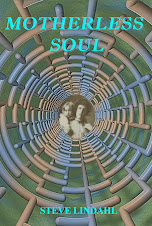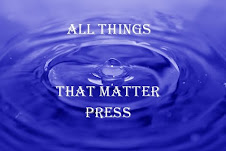 Beautiful Ruins by Jess Walter
Beautiful Ruins by Jess WalterMy rating: 5 of 5 stars
Beautiful Ruins is the story of the relationship between a hotel proprietor in a tiny remote village on the coast of Italy and an American actress working on the set of the film Cleopatra in the sixties. It is also about the lives of the people who surround the Italian and the American. It's about love, but more than that it's about the way circumstances can redirect our lives in unexpected ways.
This is the type of book I love. It has a number of complex and interesting plots that go their separate ways, but affect each other as they unravel. The book is like a waterfall. Its story runs downhill until it is almost finished then everything comes together at once. The pace is amazing.
Beautiful Ruins is filled with interesting characters, some of whom are fictional portrayals of celebrities the readers will know. All of the characters are intricate. We can feel what they feel, recognize their weaknesses, and understand their decisions—even when we disagree with them. The title applies to the settings, the stories, and the personalities.
There is true affection between Dee Moray and Pasquale, but what they learn from each other and how that affects the rest of their lives is as important as their emotions. The book is written in a non-linear style, but there is still tremendous suspense. It is a great read.
View all my reviews









